Cougar critique: “The Male Advantage”
“The Male Advantage” is a guide for young men on how to build life momentum. Graphic by: Alejandro Hernandez
May 5, 2023
A book about a realistic male timeline
Kris Sturmey’s 2020 book “The Male Advantage” is not genius for its writing; it lacks page numbers, clear organization and is laden with grammatical errors. Rather, it is genius for its ideas. Sturmey, a self-improvement YouTuber who runs the channel 1STMAN, created a guidebook for young men deceived into believing that high school is the best years of a man’s life and serves to guide young men toward a better life.
Sturmey’s male advantage theory is based on the pursuit of becoming an outlier male, one who is fit, wealthy, articulate, cultured, disciplined and masculine. For Sturmey, outlier males are the one percent in his social value hierarchy, only below celebrities and billionaires.
Outlier males are the product of years of sacrifice and hard work for self-improvement. The central argument of “The Male Advantage” is that young men need to work on several aspects of themselves for an extended period, struggling. Eventually, they will reap the rewards of their efforts and live the ultimate human experience.
According to Sturmey, outlier male status is accrued with age through the aggregation of marginal gains and is, on average, achieved in a man’s 30s and 40s. Sturmey’s idea of a middle-aged male peak is in fantastic contrast to the blue-pilled Disneyesque malocclusion that youth unequivocally prevails. He reasons that women peak in their late teens and early 20s and that society has wrongfully exported the female timeline to men, setting unrealistic expectations on young men. In fact, Sturmey goes so far as to say that men begin life at 30, and everything before then is the preseason of a man’s life. He also notes the value society places on beautiful women but does not hold them in as high regard as outlier males. As he puts it, beautiful women outnumber outlier males 1,000 to one, meaning there is no shortage of beautiful women but a lack of outlier men.
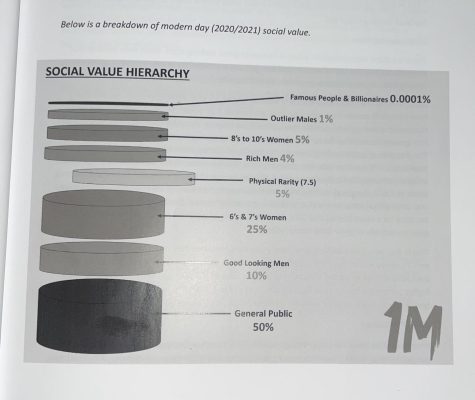
In the chapter “Men’s Lives Start at 30, Stop Living Life in Reverse,” Sturmey states, “The media have spun a narrative for decades, whether it’s ‘Sex in the City,’ ‘Friends,’ Hello Magazine or whatever else. Bloggers, writers and directors have implanted a fear of 30 years old … My concern is that they haven’t taken into consideration the [life] timeline of males. If a man’s life is over by 30 then it isn’t much of a life. In our teens and 20s we’re awkward, we’re broke, [we] struggle to attract women and make a relentless number of mistakes. If it gets worse beyond 30, I don’t really see any point in existing. Luckily this isn’t true.”
However, the greatest idea to come from “The Male Advantage” is the straight seven system. It states that outlier men should act as decathletes, reaching at least a seven out of 10 rating in as many aspects of life as possible, most importantly fitness and wealth. This obvious yet underlooked life philosophy ties “The Male Advantage” together. It is the kryptonite of the defeatist black pill, the incel idea that if a man does not have perfect genetics, they are doomed to a depressing and nihilistic existence. The outlier male does not have to be a winner of the genetic lottery, as a seven out of ten rating in various realms is achievable by anyone through years of hard work. That’s the genius of “The Male Advantage,” that men don’t need to be born with a handful of aces and be a victim to their genetics; rather, their genetics may be a victim to them.
One must be willing to make sacrifices to achieve one’s male advantage. According to the book, men must work on weekends and give up the party lifestyle and any vices. The outlier-bound man must exercise often, quit watching pornography, become financially literate, live austerely, improve their mannerisms and, most importantly, delay gratification. Sturmey asserts that too many men choose instant gratification in their late 20s by settling down with a woman around their social value just a few years before their peak. For this reason, few become outlier males, as they only complete half the journey and claim the lump sum before the fruits of their labor have fully ripened. Evidently, anyone pursuing their male advantage timeline must avoid contentedness at all costs, for it is a premature end before one’s prosperous peak of hypermasculinity.
Ultimately, “The Male Advantage” is a must-read for young men who want the outlier male life, as Sturmey’s prescriptions for the harsh realities of male existence will put them lightyears ahead of others. Completing one’s male advantage timeline will be arduous, but it is a worthy process. In following “The Male Advantage,” there is simply no opportunity for losing.




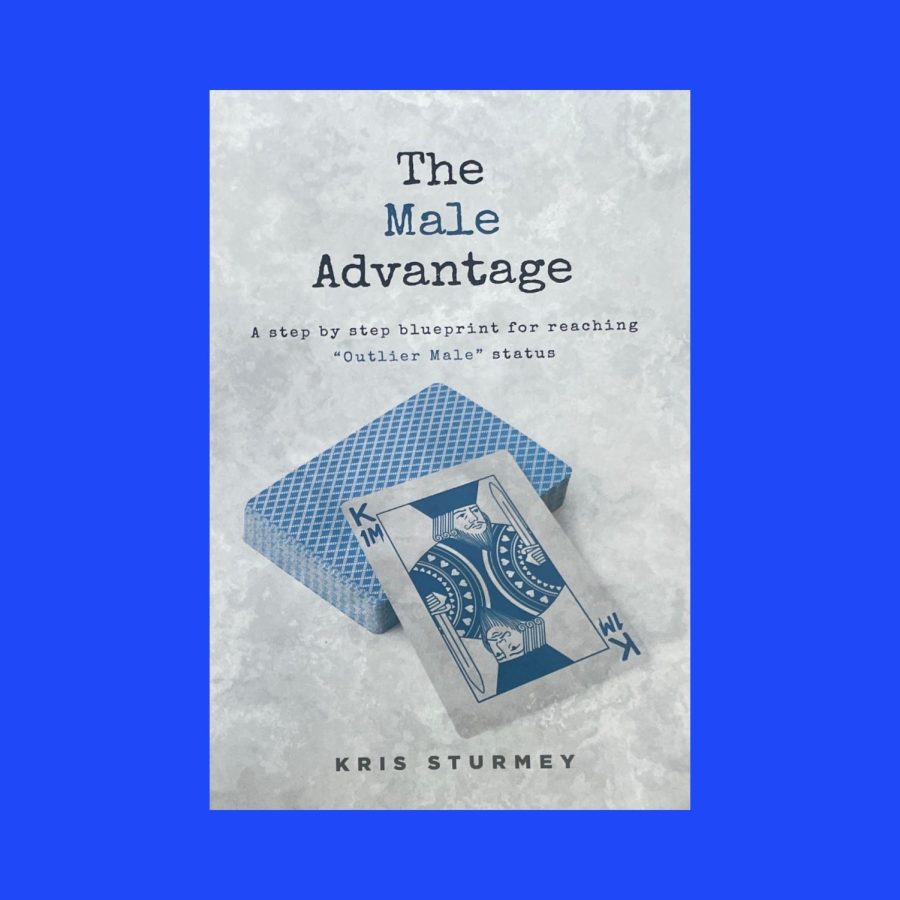




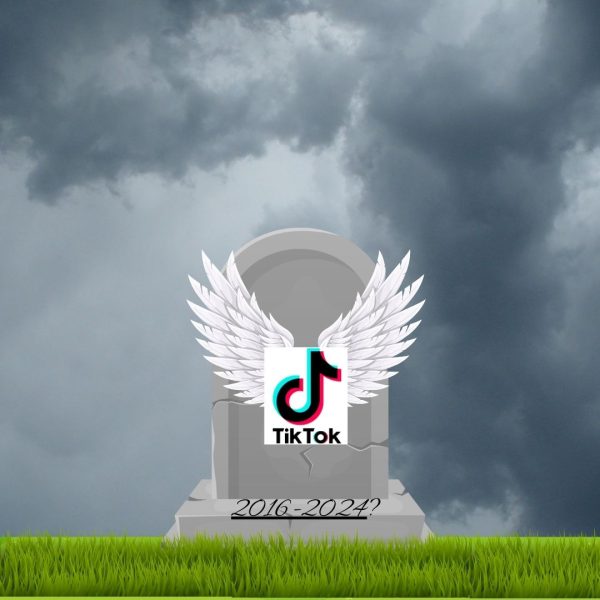

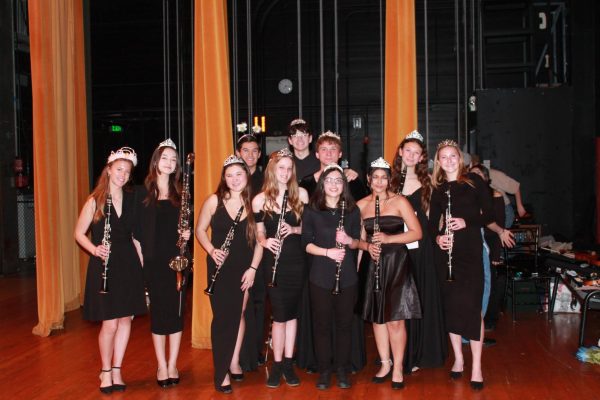

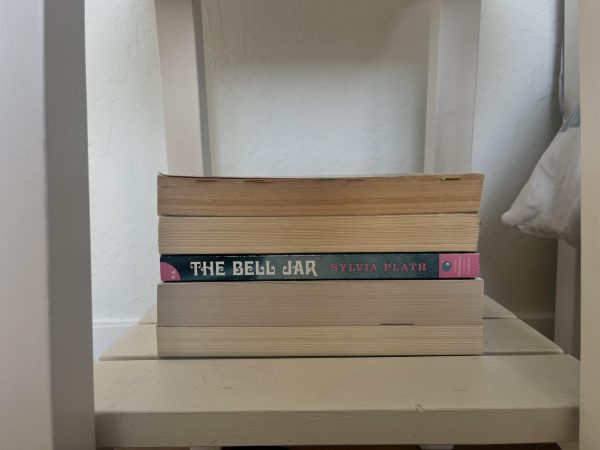


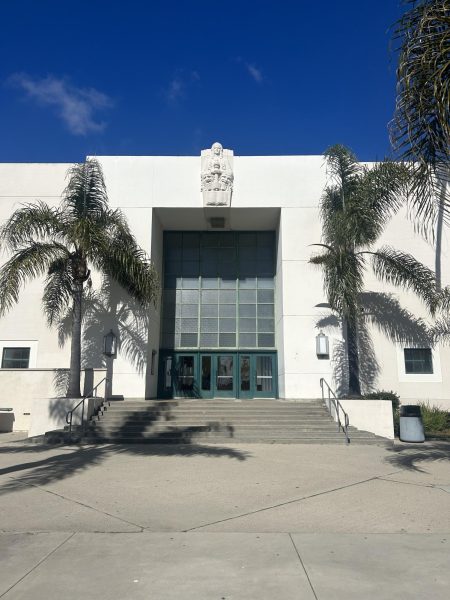


ENOON • May 29, 2023 at 2:27 pm
Invictus is a revolutionary G.